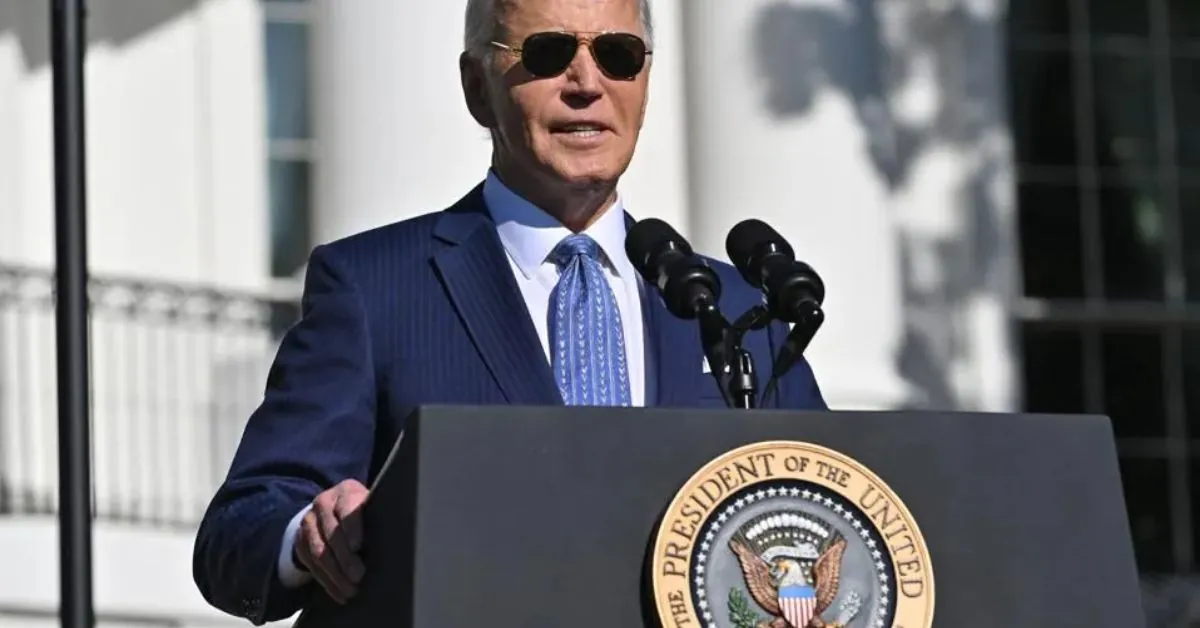Millions of borrowers find themselves in a state of uncertainty as critical student loan forgiveness programs remain stalled by legal and administrative delays. These obstacles, including the blocking of President Biden’s SAVE plan, are affecting a significant portion of the federal student aid system. This article provides a detailed breakdown of the situation, potential pitfalls, and the best strategies borrowers can adopt during this tumultuous period.
The SAVE Plan Blockade: A Blow to Borrowers
The SAVE (Saving on a Valuable Education) plan, a cornerstone of President Biden’s income-driven repayment (IDR) strategy, aimed to reduce payments, eliminate excess interest, and pave the way for eventual loan forgiveness. However, the program is currently blocked by an injunction from the 8th Circuit Court of Appeals following a lawsuit by Republican-led states.
This injunction has thrown millions of borrowers into forbearance. While this pause on payments and interest might seem beneficial, it doesn’t count toward forgiveness timelines under IDR or Public Service Loan Forgiveness (PSLF). The broader impact of the injunction has also stalled applications and approvals for other IDR plans, creating significant challenges for those relying on these programs.
Why Borrowers Should Think Twice About Applying for the SAVE Plan
Though technically still open for applications, the SAVE plan may not be a viable option for most borrowers at this time. Applying could result in being placed in a forbearance period, which halts progress toward forgiveness. Additionally, with the SAVE plan’s future uncertain, switching to a different repayment plan may become inevitable, potentially leading to higher payments or prolonged delays.
Borrowers are advised to carefully assess their repayment options and consider alternatives, such as Income-Based Repayment (IBR), if they wish to continue making progress toward forgiveness.
Alternatives for Borrowers Pursuing Loan Forgiveness
For borrowers aiming to stay on track for forgiveness under IDR or PSLF, switching to an alternative IDR plan may be necessary. However, this switch comes with caveats:
- Higher Payments: Plans like IBR often result in significantly larger monthly payments compared to the SAVE plan.
- Processing Delays: The ongoing shutdown of the IDR processing system has led to substantial delays in processing requests, adding to borrowers’ frustrations.
When submitting an application for a new repayment plan, borrowers should avoid selecting the generic “lowest monthly payment” option, as this could result in further processing delays. Instead, specify the desired repayment plan to expedite the process.
Avoiding Mistakes During the IDR Application Process
Submitting multiple IDR applications may seem like a solution to processing delays, but it can create additional complications. Loan servicers are already overwhelmed, and duplicate applications can cause longer reviews or even rejections.
If you believe you’ve made an error on a submitted application, contact your loan servicer to cancel the pending request before submitting a new one. Using the online portal at StudentAid.gov is the most efficient way to manage applications.
Timing Matters for Loan Consolidation
Direct Loan consolidation is often a requirement for borrowers with FFEL loans or other non-Direct loans to qualify for PSLF or IDR forgiveness. While the consolidation application portal is back online, IDR processing remains paused. This means borrowers consolidating their loans may face challenges enrolling in an IDR plan immediately afterward.
Borrowers with significant loan balances should consider waiting until IDR processing systems are fully operational before consolidating, as default Standard plan payments could be unaffordable for many.
Public Service Loan Forgiveness: Progress Amid Challenges
The PSLF program has largely avoided the legal challenges plaguing other student loan forgiveness initiatives, but it hasn’t been immune to systemic delays. Borrowers pursuing PSLF are required to be enrolled in an IDR plan, making the IDR processing pause a significant hurdle.
Recently, PSLF management transitioned to the StudentAid.gov platform, which has expedited the processing of employment certifications for borrowers using the online PSLF Help Tool. Those submitting paper forms, however, may face delays of several months. To avoid unnecessary setbacks, borrowers should use the electronic system whenever possible.
Key Takeaways for Borrowers
The student loan forgiveness landscape is rife with uncertainty, but careful planning can help borrowers navigate these challenges. Key steps to take include:
- Avoid Applying for the SAVE Plan unless its provisions are reinstated.
- Consider Alternatives like IBR for continuing forgiveness progress, but prepare for higher payments.
- Use Online Tools for PSLF certifications and IDR applications to minimize delays.
- Postpone Loan Consolidation until IDR processing resumes, if feasible.
By staying informed and making strategic decisions, borrowers can reduce the impact of these delays and continue working toward student loan forgiveness.




![Tyson Foods Plant [Photo: Food Manufacturing]](https://southarkansassun.com/wp-content/uploads/2023/08/iStock_1185520857__1_.5e441daa51cca-600x337.jpg)







![Silverado Senior Living Management Inc. [Photo: Los Angeles Times]](https://southarkansassun.com/wp-content/uploads/2023/10/download-6-4-600x337.jpg)

![China's Wuhan Institute of Virology [Photo: Nature]](https://southarkansassun.com/wp-content/uploads/2023/09/d41586-021-01529-3_19239608-600x337.jpg)
















